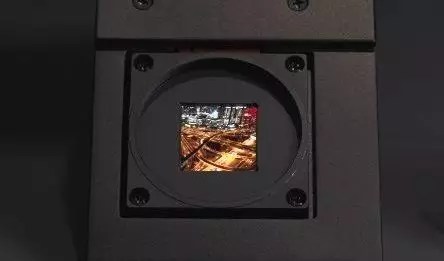LG has recently announced a groundbreaking development in the world of OLED technology with the introduction of OLEDoS panels boasting a peak brightness of 10,000 nits. This increase in brightness is a significant improvement from previous generations of OLED panels and is sure to revolutionize the visual experience for users.
The new display panel, known as OLEDoS, utilizes OLED on Silicon technology. By directly depositing OLED onto silicon wafers, LG has been able to create panels that measure just 1.3 inches across while offering an impressive 3,840 by 3,840 resolution. This results in a remarkable pixel density of 4,175 DPI, providing users with super high-definition images and eliminating the screen-door effect often associated with individual pixels.
Implications for Virtual Reality
The introduction of the OLEDoS panels holds great promise for the world of virtual reality. With the ability to achieve a peak brightness of 10,000 nits, users can expect unparalleled realism in their VR experiences. The brightness levels are so intense that they can simulate the discomfort of sunlight reflecting off a shiny metal surface, adding a new level of immersion to VR environments. However, the safety implications of prolonged exposure to such high brightness levels remain a valid concern.
Comparison with Apple’s Vision Pro
LG’s new OLEDoS panels are not the only players in the OLED on Silicon game. Apple’s Vision Pro mixed reality headset also utilizes micro-OLED panels with a brightness rating of 5,000 nits. While Apple does not disclose the resolution of their panels, a teardown by iFixit revealed a pixel density of approximately 3,400 DPI. In comparison, LG’s OLEDoS panels appear to be a step up in terms of resolution and brightness, promising an enhanced visual experience for users.
Despite the exciting advancements in OLED technology, there is currently no word on the release of a VR headset utilizing LG’s new OLEDoS panels. However, the potential for these panels to push the boundaries of VR realism is undeniable. As technology continues to evolve, it is clear that LG’s innovative approach to OLED on Silicon displays has the potential to shape the future of virtual reality experiences for users around the world.
LG’s new OLEDoS panels represent a significant leap forward in OLED technology. With unprecedented brightness levels and impressive pixel density, these panels have the potential to redefine the visual experience for users, particularly in the realm of virtual reality. While the safety implications of such high brightness levels remain a concern, the promise of unparalleled realism in VR environments is a tantalizing prospect. As we await the release of VR headsets utilizing this new technology, it is clear that LG is at the forefront of innovation in the world of OLED display panels.


Leave a Reply